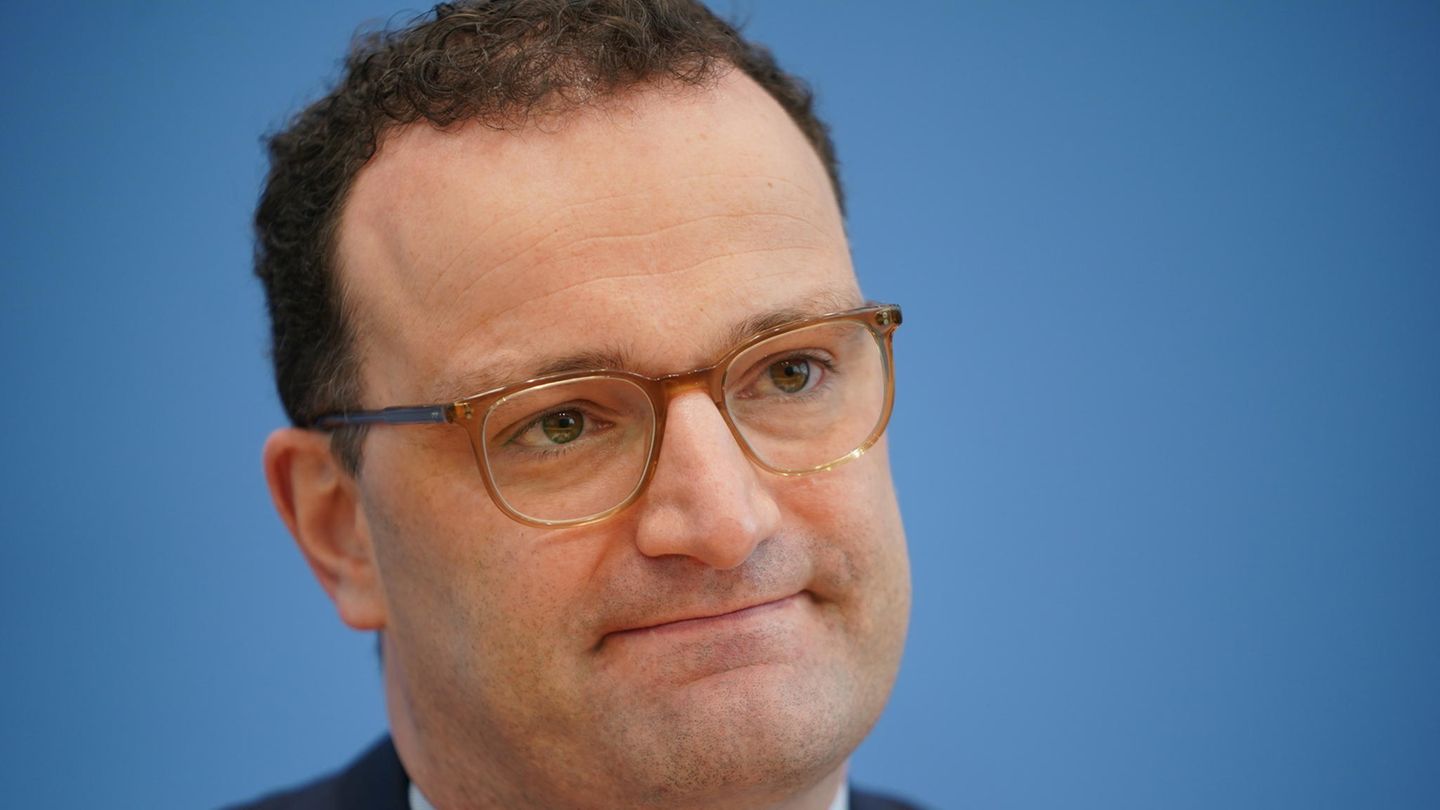As the vaccination rate increases, discussions about new benchmarks in the corona pandemic are loud. RKI boss Wieler wants to stick to the incidence as the main benchmark. Spahn contradicts him now. Two country leaders are also calling for new systems.
In the debate about the incidence as the main benchmark in the pandemic, Federal Health Minister Jens Spahn (CDU) contradicted the head of the Robert Koch Institute, Lothar Wieler. “As the vaccination rate increases, the incidence becomes less meaningful,” said Spahn of the “Bild” (Thursday edition). Therefore, it is “imperative to need further key figures to evaluate the situation”, such as the number of newly admitted Covid patients in the hospital.
However, Spahn does not want to do without the incidence entirely: Far from being enough people in Germany are vaccinated “to be able to do without looking at the incidence entirely”. RKI boss Wieler called for a low-incidence strategy in a federal-state switch on Monday and warned of a fourth wave.
Malu Dreyer calls for a new warning value
Plans from the RKI to also consider other criteria for the corona policy did not play a role in his lecture, according to “Bild”. Instead, Wieler insisted that the incidence remains “important for assessing the situation in Germany and initiating control measures at an early stage”.
Many countries also support the debate on new indicators for assessing the pandemic. In the newspapers of the editorial network Germany (RND / Thursday editions), Berlin and Rhineland-Palatinate spoke out in favor of a nationwide corona traffic light system that takes into account the seven-day incidence as well as hospital occupancy.
“There is currently a nationwide debate about the use of the incidence value as a decisive measure that should quickly lead to a nationwide regulation,” said the Rhineland-Palatinate Prime Minister Malu Dreyer (SPD) the RND. With vaccination protection, the incidence now says much less about the risk of disease and the possible burden on the health system. “That is why the federal states must come to a new warning value with the federal government,” demanded Dreyer.
Traffic light system instead of incidence?
A traffic light system including an incidence of hospitalization could serve as the basis here, as has already been discussed. This put the number of infections in relation to the number of sick people in the hospitals and thus gives a very good orientation. “We could build on this and very quickly develop a new warning value that indicates a comprehensible degree of risk for society as a whole,” said Dreyer.
Berlin’s Governing Mayor Michael Müller (SPD) also believes that it makes sense to add other factors to the incidence. “In Berlin, we have had a system with the Corona traffic light for over a year that records not only incidence but also other indicators such as intensive care bed occupancy. I believe that this is the right way to go,” he told the RND.

The FDP and the Left are calling for new standards
MPs from the FDP and the Left, in turn, are calling for an amendment to the Infection Protection Act in order to make other factors the basis of future corona measures in addition to the incidence. Michael Theurer, FDP parliamentary deputy in the Bundestag, wants a change in the Infection Protection Act “as soon as possible”, as he told the “world”. “There is no point in putting any specific figures in the room that could be out of date by next week,” said Theurer, referring to proposals for new incidence limit values from the Union.
Health Minister Spahn should instead work towards the introduction of a “dynamic factor” – for example, consisting of the vaccination rate, available hospital beds and the capacity of the health authorities. This factor should then be multiplied by the incidence. Achim Kessler, the health policy spokesman for the left parliamentary group, called for the decision to amend the Infection Protection Act “urgently back to the Bundestag”.




